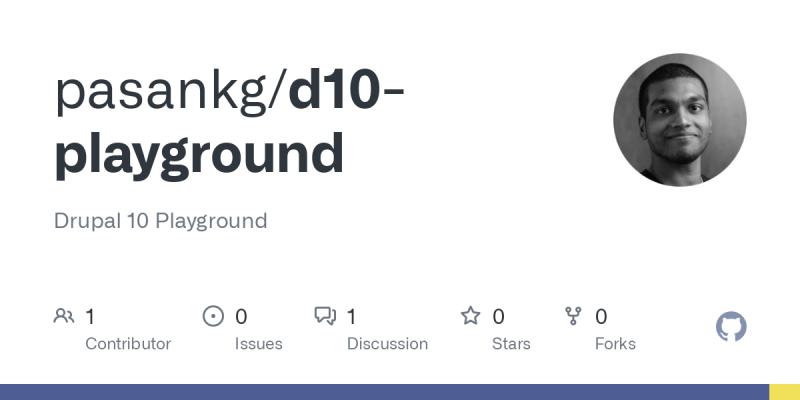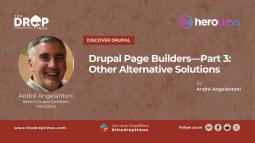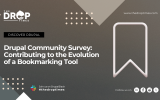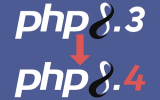Extending Drupal Gutenberg Blocks: Part 1 - Blocks Attribute Decorator
In a article shared by Christophe Jossart, a leading provider of Drupal solutions, they delve into the technical aspects of integrating Gutenberg with Drupal, specifically focusing on blocks attribute decoration. This insightful series serves as a follow-up to their previously published piece, "Benefits of Drupal Gutenberg for Content Editors." The first installment sheds light on the process of incorporating reusable attributes to enhance core or custom blocks, leveraging the power of inclusion and exclusion lists.
When designing the content model or block schema, it is often necessary to have shared attributes among various block types, including core and custom ones like "core/paragraph," "core/heading," and "custom/my-widget." These attributes can mirror the functionality of Drupal fields within entity types and their bundles. Common examples may include a "Published" status or any other attribute deemed essential. By implementing attribute decoration, developers can avoid the need to create custom blocks solely for the purpose of appending additional attributes. For instance, it becomes possible to extend the core Embed block by incorporating a "Height" attribute seamlessly. Furthermore, these attributes can be combined, offering a flexible approach to cater to specific use cases.
The primary advantage of using decoration lies in the ability to selectively apply attributes to blocks, depending on inclusion or exclusion rules. In scenarios where attributes should be applied to all blocks except a few, the exclusion list comes into play. Conversely, the inclusion list allows attributes to be applied to only a select few blocks, while leaving others unaffected. This dynamic capability empowers developers to fine-tune the attributes based on their requirements, providing granular control over the block functionality.
Upcoming articles in this series will continue exploring various topics related to Drupal Gutenberg integration, including block cardinality limitation, validation mechanisms, and translatable reusable blocks. Each installment aims to equip Drupal developers and content editors with valuable insights and practical techniques for leveraging the full potential of Gutenberg within the Drupal ecosystem.
Christophe's technical exploration of Gutenberg with Drupal paves the way for an enhanced content editing experience, enabling users to leverage the powerful capabilities of both platforms seamlessly. As the series progresses, developers and content editors alike can look forward to gaining deeper insights into harnessing the combined strength of Drupal and Gutenberg for their projects.
Stay tuned for future installments of the series, as Colorfield continues to unravel the exciting possibilities that lie at the intersection of Drupal and Gutenberg.
Note: The vision of this web portal is to help promote news and stories around the Drupal community and promote and celebrate the people and organizations in the community. We strive to create and distribute our content based on these content policy. If you see any omission/variation on this please let us know in the comments below and we will try to address the issue as best we can.



















